Last updated Oct 26, 2025 |
PSY
101
|
|
Last updated Oct 26, 2025 |
PSY
101
|
|

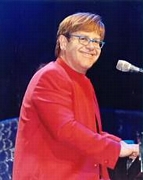



What are they like? Why are they like this?
| Personality |
In their behavior, human beings tend to be
- Consistent
- Distinctive
| Trait Theory: The "Big Five" |
Robert McCrae 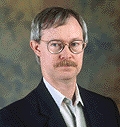
Paul Costa
The "Five-Factor" model (also known at the "Big Five" model)
traits, i.e., a set of durable dispositions to act or behave in a certain way across different situations.
Susan Cain: Quiet: The Power of Introverts (2012)
TED Talk: Feb 2012OCEAN: Openness to Experience, Conscientiousness, Extraversion, Agreeableness, Neuroticism
Correlated life outcome
Correlated life outcome
Openness to Experience
Intelligence, musical instrument, politically liberal, longer life (?),
Inquisitive, intellectually curious, sensitive to beauty, nonconforming, imaginative, tolerant, thinker, dreamer
Pragmatic, data-driven, conforming, down-to-earth, unartistic, conventional Closedness
Politically conservative
Conscientiousness
Career success, healthier, longer life, honesty
Dependable, ethical, goal-directed, organized, self-directed Aimless, unreliable, sloppy, careless Lack of Direction
Addictive disorders, poorer health choices, mental disorders
Extraversion
Career success, social popularity, party goerOutgoing, sociable, talkative, affectionate Inward-looking, secure with self, solo reflection, quiet
This is NOT a negative trait
Introversion
Work free from distractions: programming, accounting,
Agreeableness
lower divorce, honesty, lower income
Warm, pleasant, trusting, empathetic Unpleasant, argumentative, always competitive Antagonistic
Higher income (men), addictive disorders
Neuroticism
Lack of career success, divorce, mental & physical illness, addictive disorders
Neurotic, anxious, guilty, hostile, worrying, shy, withdrawn
Secure, placid, flexible, unruffled, solid Emotionally Stable
Intelligence
| Psychoanalytic (Freudian) Theory |
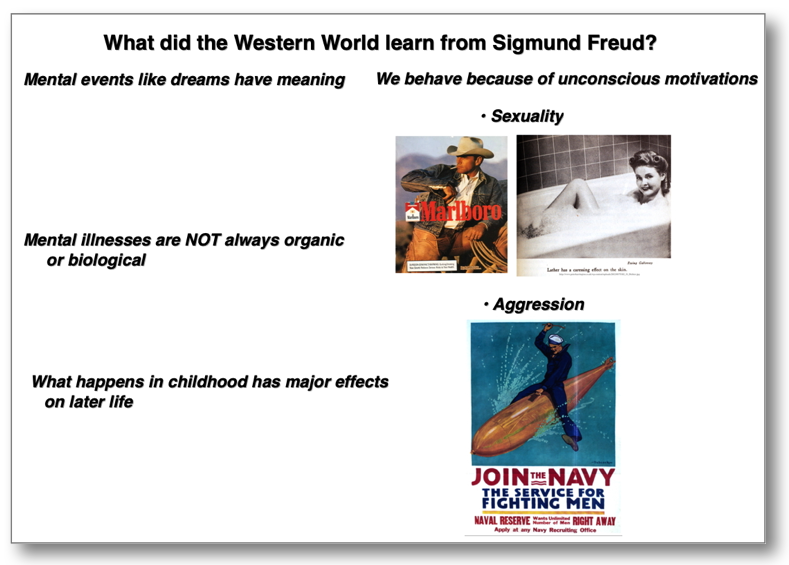
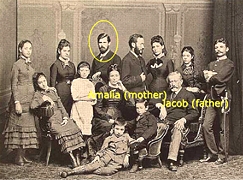
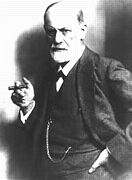
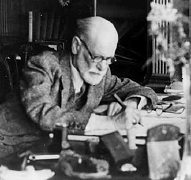
Sigmund Freud (1856-1939)
- Viennese, Jewish, middle-class, neurologist
- Psychoanalysis
Structure of the Personality
TWO (2) different but complementary theories
Id
(Latin for "It")
- Sexualized energy = libido + Aggressive energy = "thanatos" (death instinct)
- Pleasure Principle
Ego
(Latin for "I")
- In touch with world
- Reality Principle
- Makes decisions
Superego
(Latin for "Above I")
- Perfection Principle
- Mostly unconscious
- Develops at 4-6 years old
- Conscience is the part of our superego that we are conscious of
- Incorporates the rules, regulations, & moral viewpoints of society, particularly those of the parents
(2) Levels of Awareness (or Consciousness) Model• Conscious
• Preconscious
• Unconscious
The graphic below uses the metaphor of the iceberg which is mostly below water (i.e., below the level of consciousness) to portray Freud's two theories of how the mind works.
Conflict: Tyranny of Sex and Aggression
Anxiety & Defense Mechanisms
- Defense Mechanisms
- Examples of the many defense mechanisms persons use:
- Repression
- Projection
- Intellectualization
- Reaction Formation
- Sublimation
Stages of Psychosexual Development
Age Erotic Focus Experiences Oral Birth-1 Mouth Experience of mother's breast; weaning Anal 2-3 Anus Toilet Training Phallic 4-5 Genitals Oedipal Crisis: Identification with same-sex parent Latency 6-12 None (repression of sexual feelings) Learning in school and social contact with outside world Genital From onset of puberty Genitals Developing capacity for Love and Work (Lieben und Arbeiten)
This page was originally posted on 10/24/03